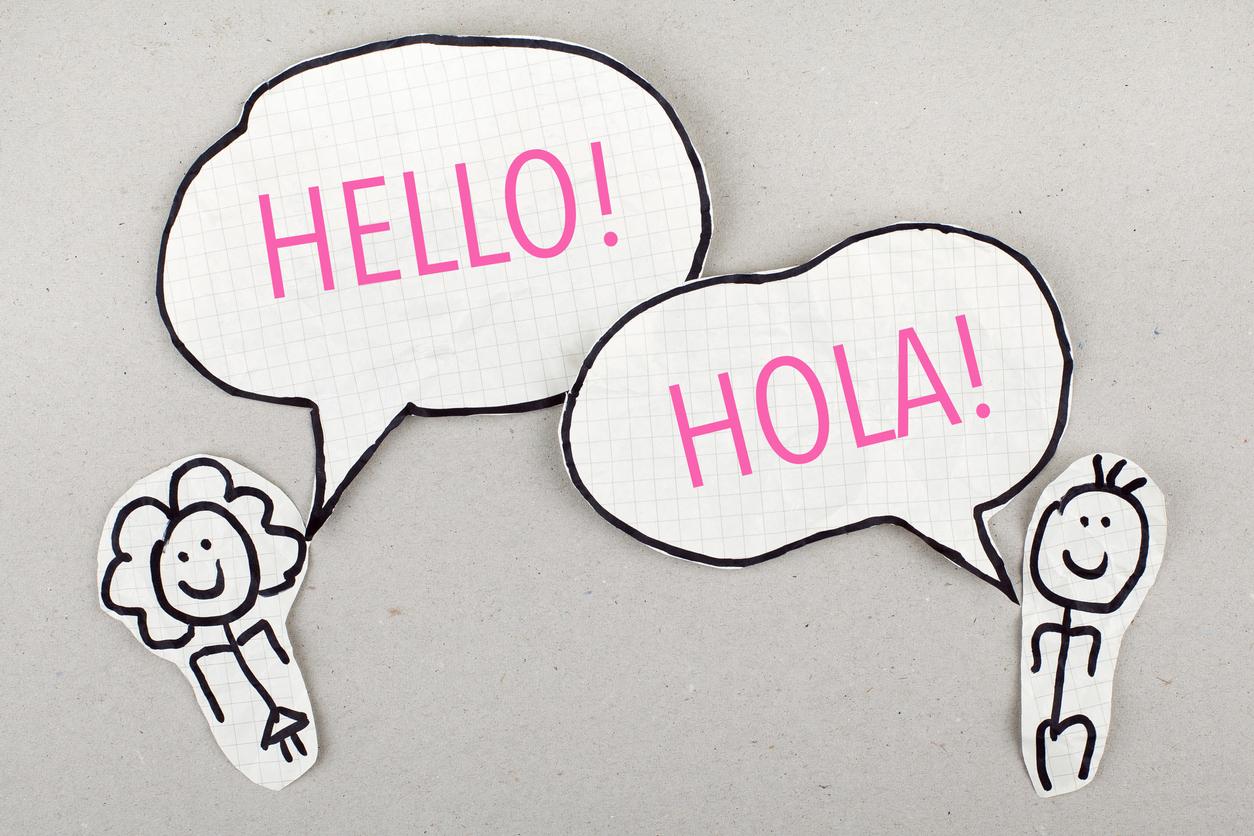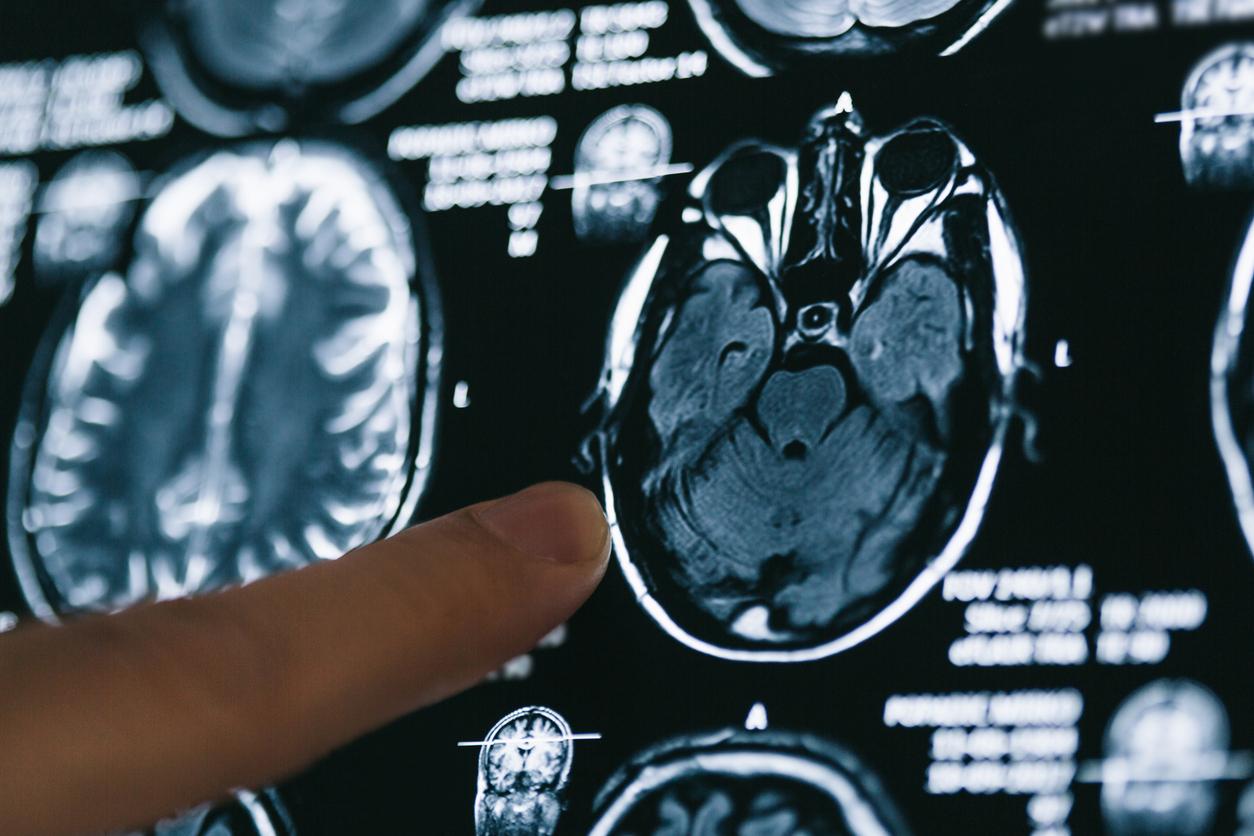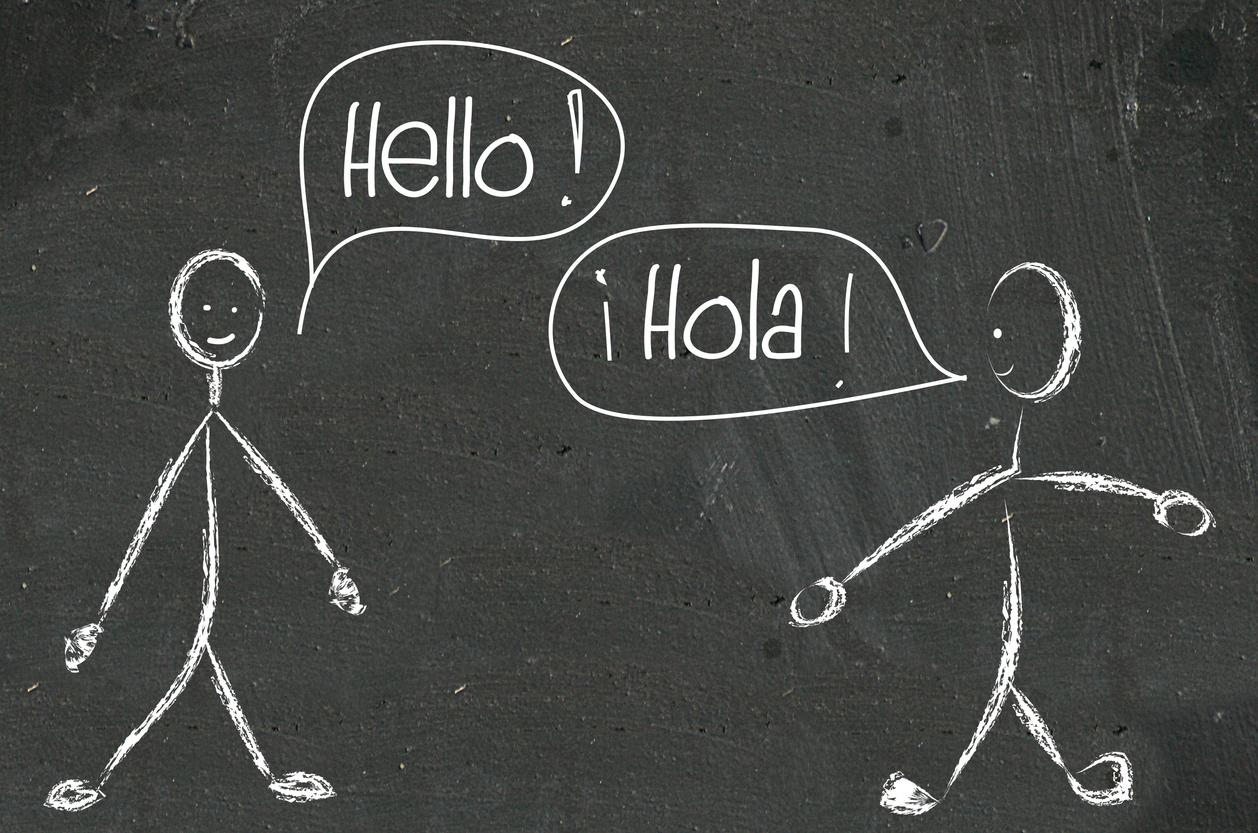Dyslexia affects 10% of children. If your child is struggling to learn to read or write, you – as well as the teachers – should ask yourself the question: could he not be dyslexic?

Dyslexia is a lasting difficulty in learning to read and acquiring its automaticity. Six million French people are dyslexic at the start of their school life, that is to say that they will confuse letters of similar shapes such as “q” and “p”, very similar sounds such as “v” and the “f”. This is often accompanied – understandably – by difficulties in learning to read and write. But also behavioral problems. They are often hyperactive children, clumsy in their gestures. All of this has an impact on school results. Because of these 6 million French people, there will be nearly a million to really suffer from it, to the point of having difficulties with professional integration.
We must immediately wring the neck of a legend. Neither parents nor teachers are responsible for this learning problem. Similarly, there is not necessarily an emotional origin to this disorder. Today, we are moving towards a biological disorder which eventually opens the way to an easier and more radical treatment than that which is proposed today.
If we had to draw the robot portrait of the little dyslexic, we could say that in 75% of cases it is a rather left-handed boy. But this is not enough for screening, which is actually quite simple for a vigilant teacher or parent. Slow, laborious reading, poor spelling in a child who is nevertheless attentive and good at math, should alert people, especially if there are already similar cases in the family. However, a rate of 10 to 12% of French people who cannot read correctly in a country as structured as ours is unacceptable, especially since there are solutions today.
Speech therapists and phoniatrists are the ones who are most familiar with this problem, which traditional medicine has long abandoned to them. Before contacting them, it is useful to seek the advice of the general practitioner or pediatrician, who must now know to whom to address dyslexics. Especially since new rather revolutionary techniques are emerging from changes in posture. Because since the arrival of examinations as complex as CT and MRI, neurologists and ophthalmologists have taken an interest in the problem.
And all these good wills today make it possible to cure most of the dyslexias taken care of quite early.
Current hypotheses are directed towards the brain, with problems of interference between the hemispheres of the right and left brain, and the struggle for dominance. frankly left-handed, he is therefore ambidextrous and his two brains are in competition. Dyslexia can even be the harbinger of remarkable abilities. The intelligence of the child, his intellectual potential, are in no way affected, on the contrary. Rehabilitation can be long, but brings good results. However, you must continue to watch your child closely and surround him so that his dyslexia does not lead him to aggressiveness.
In conclusion, it is especially necessary that the parents are not dismayed by the discovery of dyslexia, because taken in time, it can be perfectly suppressed. It is not a blemish, but on the contrary the sign of remarkable intellectual capacities that you will just have to know how to highlight a little more difficult. And for the record, know that there are surely hidden dyslexics around you, who remain dyslexic all their lives and who manage to hide it well. But as soon as they are in front of the paper and you have to write, you realize that they have this disorder. Maybe that’s why they become journalists.

















